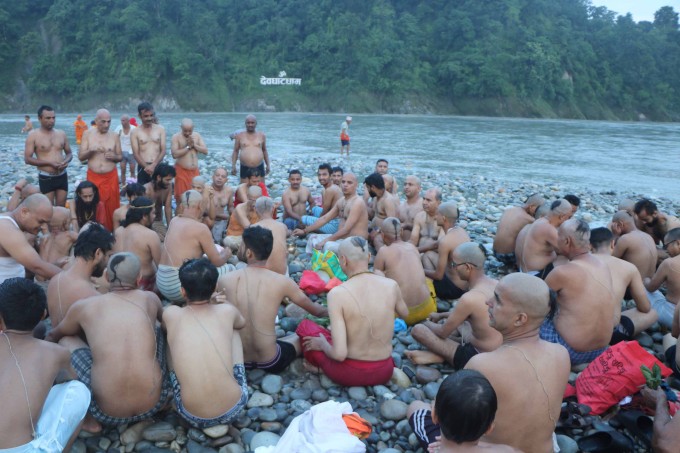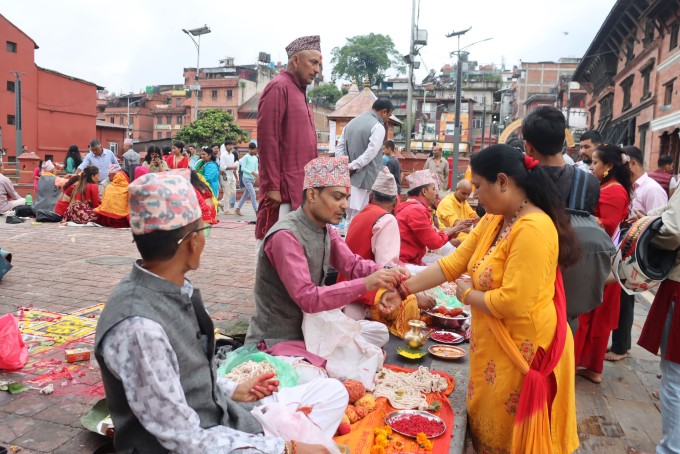Teej, a Hindu festival, welcomes the monsoon season and is celebrated by women with hymning folklore, dancing, prayer rituals, and fasting. Lasting for three days: the first day is full o feasting, the second day is rigid fasting, and the third day, known as Rishi Panchami, a holy bath, Teej is primarily dedicated to Parvati and her union with Shiva.
With time, some of these rituals have lost their meaning or been updated with functional changes. While this is not a problem, knowledge of the past can be enlightening and enjoyable. NepalNews spoke with a few females about how they used to or are celebrating Teej.
Urmila Upadhaya, 62, sharing her thoughts says, “In our generation, we were not that aware of Teej, we used to never get that excited as women of now. I used to wake up early, take a bath and then go for worship. After returning home, I used to eat delicious delicacies.”
Upadhaya further talked about changes she sees in the current times and said, “Women now shop 10-15 days before Teej, wear mehendi and then next day attend a program wearing red and green clothes and dance.”
Jushma Shrestha, 54, while reminiscing about the old times says, "I miss the old times, the old way of celebrating festivals, especially Teej. Teej songs were popular among us. I sat with other ladies in the neighborhood to make selroti but sadly things have changed now," she sighs.
Shrestha says used to get up early to go to the temple and fast for one day before Teej. "We used to dress up in a red sari, and we still do, but the tradition is a little different now. People nowadays stay outside, organizing kitty parties and other events."
She believes that everyone plans for festivals, and that even when they are at home, they are always on the phone chatting and posting instead of laughing and talking together. Because everyone is so busy these days, there are small exciting food festivals.
Anupa Bhattarai, 31 says, “When I was a child, I remember my neighbours gathering to sing and dance at night time. As a kid I used to tag along with my mother and enjoy singing and dancing. But now, it is not the same. It’s more like a party thing rather than a cultural celebration.”
She urges that it’s more like a competition, who’s dressing best, who’s wearing heavy jewelry. “Most of them have even started to celebrate Teej a month before. They have multiple parties organised,” she continues.
READ ALSO:







